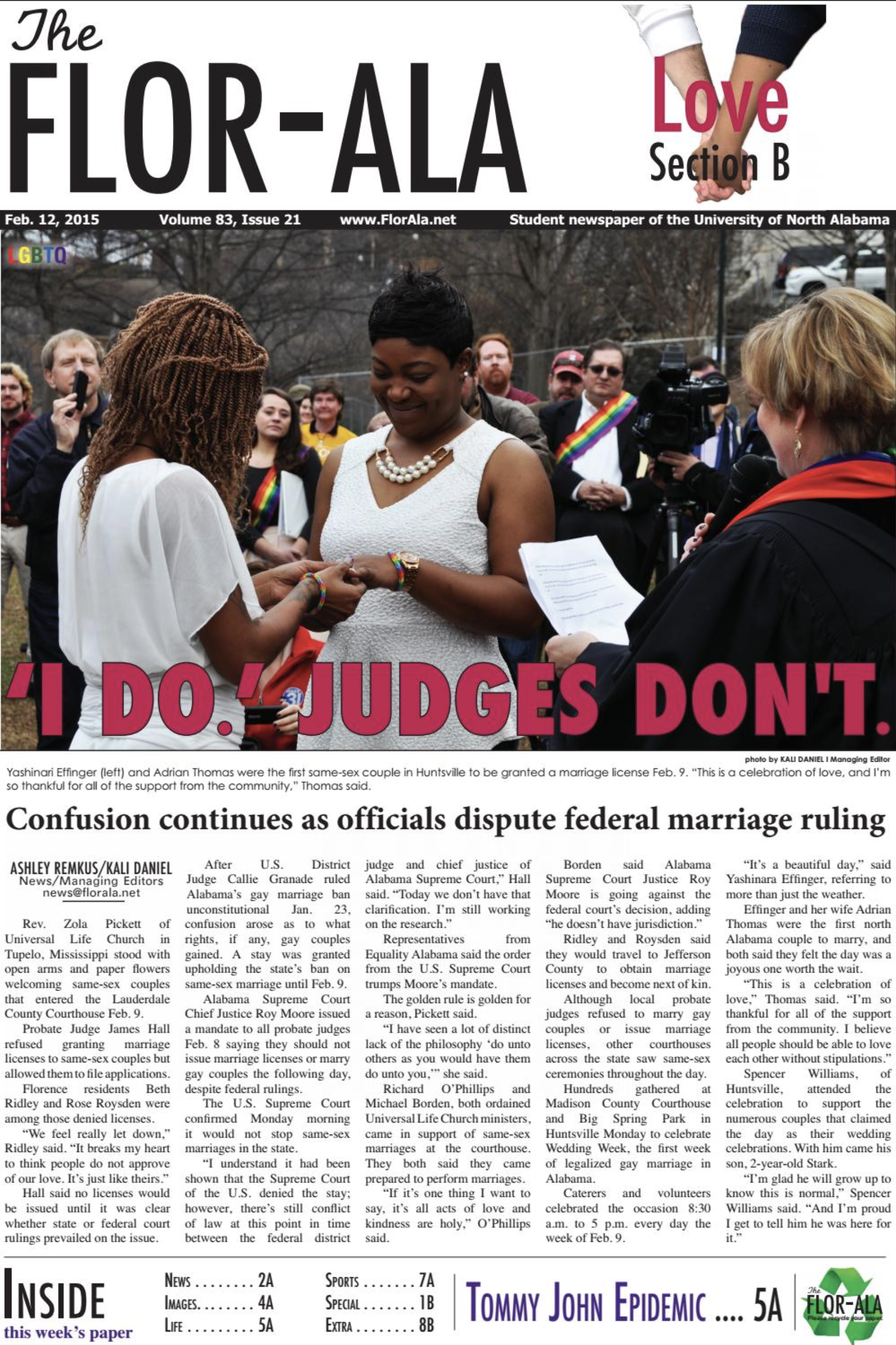welcome to diverse city
I can remember riding to church with my mom in 2004, tobyMac blasting in my ears, “welcome to Diverse City, we’re colorful good….” It was a bop and, by today’s standards of the word, “woke.” My grandparents were sure to raise me understanding that differences in skin color didn’t mean anyone should be treated any different; my mom was sure to raise me that there was a lot more to diversity than skin color. So, no “shade” to tobyMac, but Diverse City is colorful good in more ways than one.
In college, I was heavily involved with our international student population. On a daily basis, I was hanging out with students from Kenya, Saudi Arabia, Kyrgyzstan, and South Korea. They taught me about cultural and religious differences, they shared with me their experiences in American culture (not always great), and in just befriending and listening to them, I was able to tie everything they said back to my design work.
As I worked at the student newspaper, I was able to share a glimpse of their lives with the rest of campus. Whether that was sharing recipes they cooked every day, highlighting events that relayed their culture, or honestly just having their photos featured in the newspaper so that they felt represented.
It is a powerful thing to make people feel seen.
I double-minored in international studies and women’s studies for my undergraduate degree, and I continuously took courses that challenged me in terms of cultural diversity – four semesters of Arabic, anthropology, international politics. I didn’t want to be complicit in ignorance. I wanted everyone at our university to feel heard.
In 2015, LGBTQIA+ couples in Alabama were granted their human rights to marry. I was privileged to be able to take the day to drive to nearby Huntsville and document the first couples emerging from the courthouse in victory.
There really aren’t words to describe what happened that day – I finally saw happy people who had craved this acknowledgement for so long be validated. I saw men and women who had been waiting for years to be recognized by the state. I saw kids who finally got to see their moms marry, their dads marry.
It is absolutely insane to me that this was just seven years ago. That before that, you weren’t given the same rights as everyone else unless you prescribed to a certain belief system. That you weren’t free to just be yourself.
And while there have been steps in the right direction, there is still so much work to be done.
Mental health, gender identity, and race disparity are discussed now more than ever. Granted, opposition is arguably more vocal than ever, too. But the fact that we are talking about these issues and including those who never before had a seat at the table – thus bringing to light issues we would have never noticed – is the advancement of society.
Diversity and inclusion is critically important to me, and it’s not something I will ever waver on. Because you can’t put a price on making someone seen, heard, and valued. There is no greater feeling than that. And each of us are only one person in a world of almost 8 billion people; none of us are the same, and everyone has the right to see themselves in the inundation of advertising we see every day.
Diversity and inclusion is empathy.
When I work with any client, I’m going to push to include those who are so often overlooked. And I know there is always the double-edged sword of not wanting to mislead audiences into thinking they’re getting something they’re not. It’s long been a struggle for photographers to document universities in a truly representative way. When administration pushes diversity on a campus that is 95% white and Christian, there can be challenges. You wouldn’t want to take a photo shoot with the only black students on campus and use them in advertising to recruit more black students – this can lead to alienation, mistrust, and honestly, you’re not doing those recruits any favors. But that is an extreme, and diverse populations deserve to be represented in some capacity.
The more we make people see themselves, and the more transparent we are with them about where they’re getting their education, or what product they’re buying, the more we can bolster diversity, inclusion, and most importantly, equity.
I challenge all of us, myself included, to think about how we can make a design more inclusive. Is it photography? Is it graphics? Is it a cultural understanding of certain words? By listening to others, doing our research, and valuing inclusion, we can make our world the smallest bit easier to live in.

